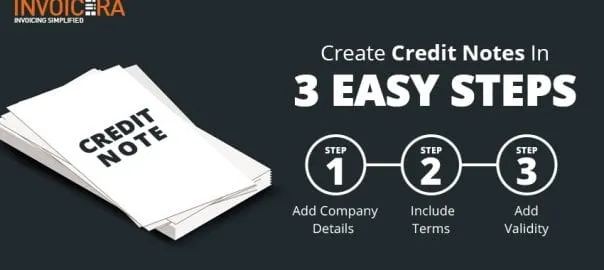The Accounts Receivable (A/R) Aging is a tool that details out unpaid invoices and unused credit notes as per their date of issue. The A/R report is often used by the collection personnel to learn about unpaid invoices for the payment follow-up. An invoice aging report gives a descriptive idea about the receivables portfolio of an organization and can be used for the collective functions for the overdue payments.
Thus, an Invoice Aging Report could be very critical for a company to keep a track of all payments. The report could have the following 5 essential elements for an easy summarization of all accounts receivable:
1. Name of Clients
The A/R report should contain all client names with invoices for each of them. The invoices could be sorted by the date or the number of the invoices. This helps determine which client owes what amount of money at a particular date.
2. Current Invoices
This lists out all invoices that are within the time period and which are not overdue. The sum total of all current invoices for each of the clients gives an idea of the accounts receivable that the company is expecting to receive on time.
3. Invoices that are 30 to 60 days past due date:
These are late invoices and the collection personnel must make a note of these invoices to collect payment from clients.
4. Invoices that are 61-90 days past the due date
These invoices should be marked critical for payment, and the collection department needs to develop some strategy to secure payment against these invoices.
5. Invoices that are over 90 days old
These invoices could be considered as the problem invoices for which collecting payments could be a challenge for a company. The A/R report can give an idea about the outstanding payments in different date ranges. The management of a company could take help of the report to evaluate the financial health of the company as well as the effectiveness of the account receivable department.
The A/R report can be generated through any accounting software and it can be arranged for different date ranges. Besides invoices, companies may also include credit memos in the report to get a more detailed idea about the account receivable, at a particular date range.
Use of the Aging Report
An invoice aging report is useful as it provides a detailed idea about the outstanding bills that are due to a company by its client organizations. It can also help identify clients that are falling behind on payments, and which lays an emphasis to adopt a payment collection strategy. The resulting payment delays could be due to financial problems, or it may arise because of a dispute or misunderstanding with the client companies. The report could be used for sending reminders or planning collections calls as an attempt to maintain the cash flow and avoiding delayed payments.
For many organizations, the report could prove an important tool to estimate bad debts. The invoices that are overdue for a period over 90 days may be included in bad debts and companies may need to devise strategies to get those invoices paid, either partially or fully.
The management could think about revising the allowance for these doubtful accounts, in order to secure payment against overdue invoices. For the purpose, the historical percentage of the bad debt for each date range is usually determined and the same percentage is applied to the sum totals of the most recent invoice aging report.
Thus, the Invoice Aging Report could prove helpful in differentiating between current payment, delayed payment and problem payments. There are factoring companies that often rely on the report to help analyze the quality of the outstanding accounts receivables. The invoice aging report together with the commercial credit report helps determine the status and the value of the receivable portfolio of a company. Thus, for creating any factoring proposal, a company may use the aging report as an important tool.











